Our Premier League news section provides insight into everything happening within the league including current issues, transfer speculation and betting insight to help you make predictions on individual games.
Bet Slip
Premier League
Latest Premier League news
Latest Premier League News
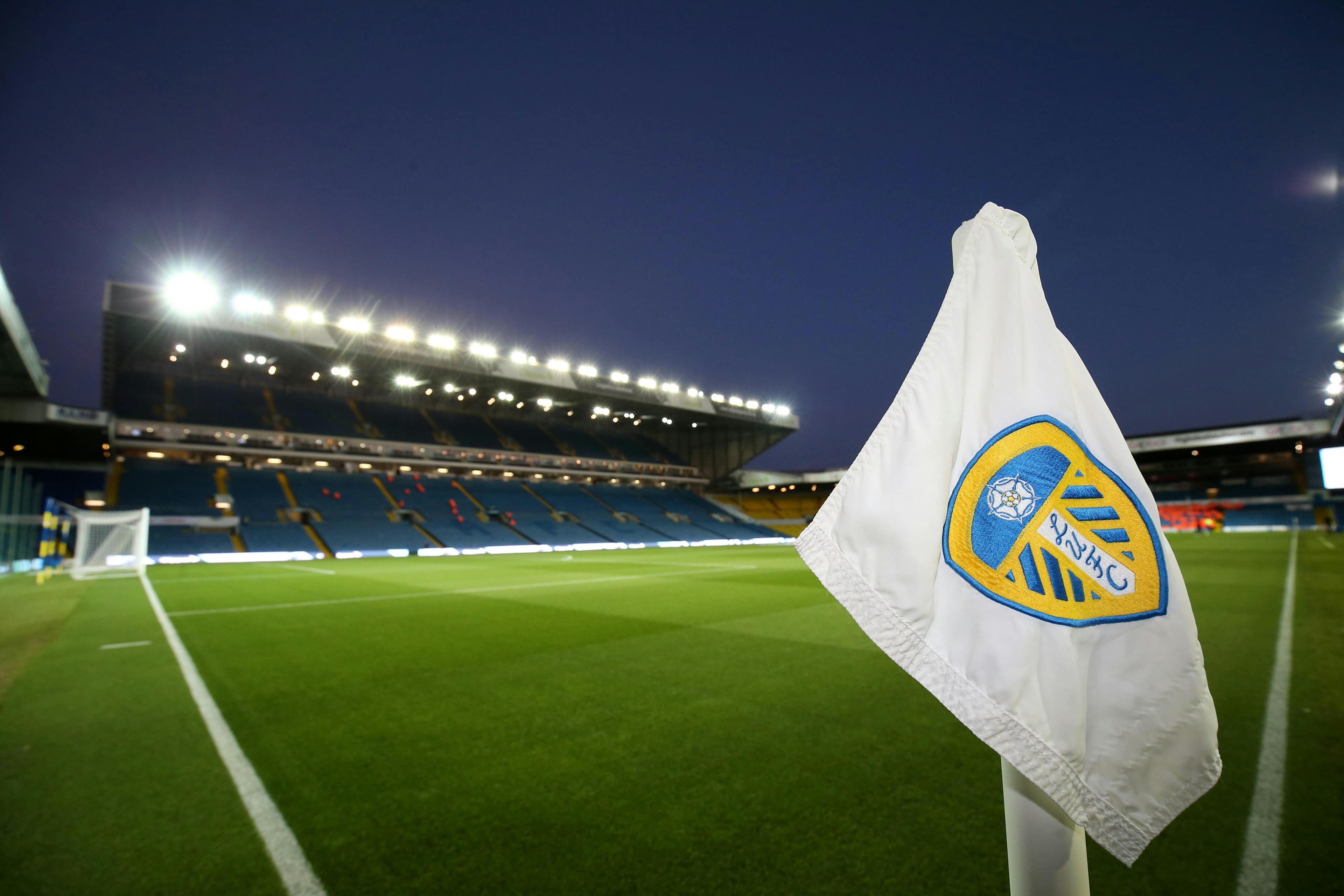
Leeds vs Liverpool: 71/1 Mega Bet Builder Tip 06/12/2025
Leeds are hoping to build on an excellent result last time out as they welcome Liverpool to Elland Road on Saturday evening. Leeds have had a tough first third of the season but th...
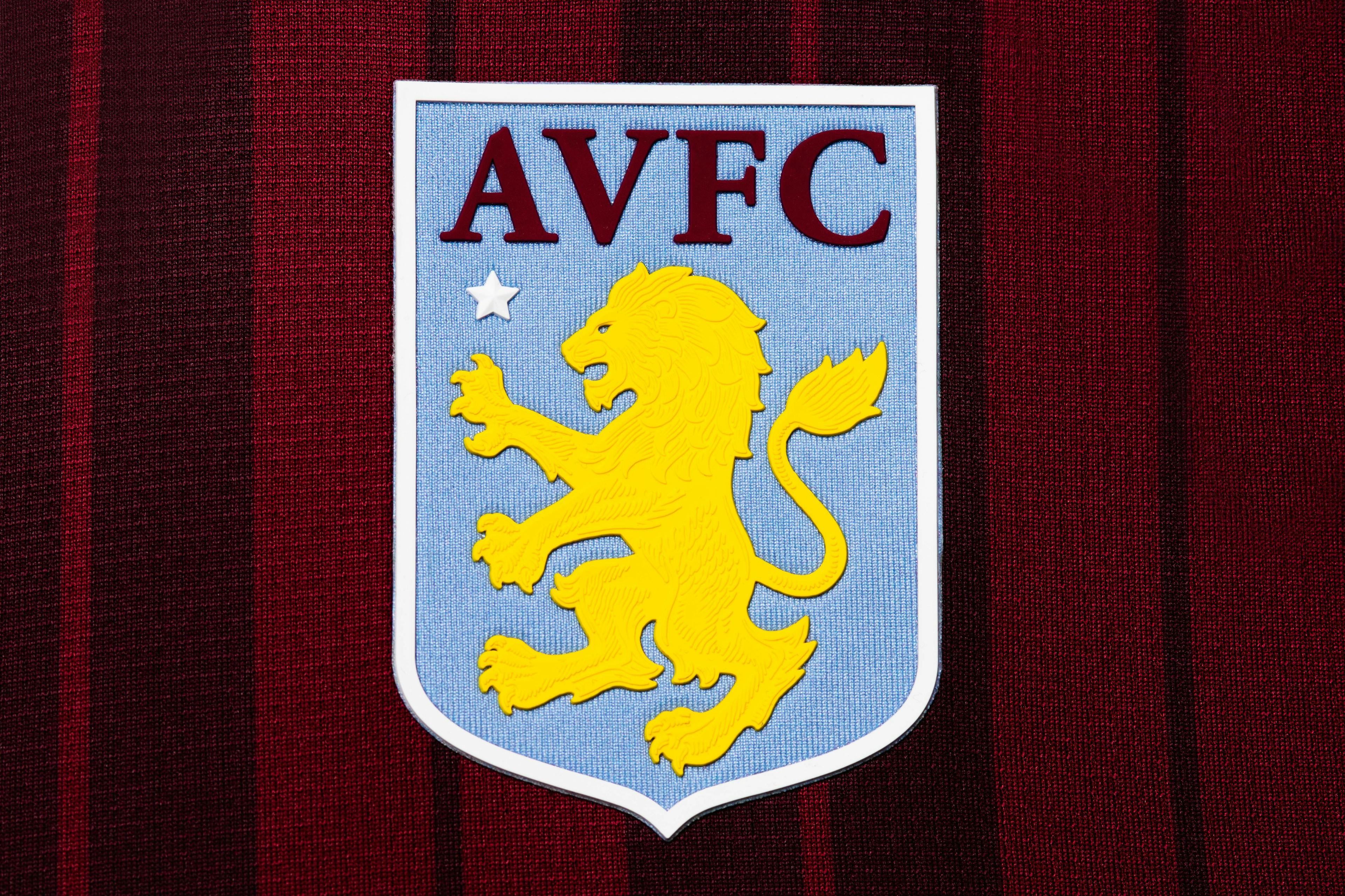
Aston Villa vs Arsenal: 56/1 Mega Bet Builder Tip 06/12/2025
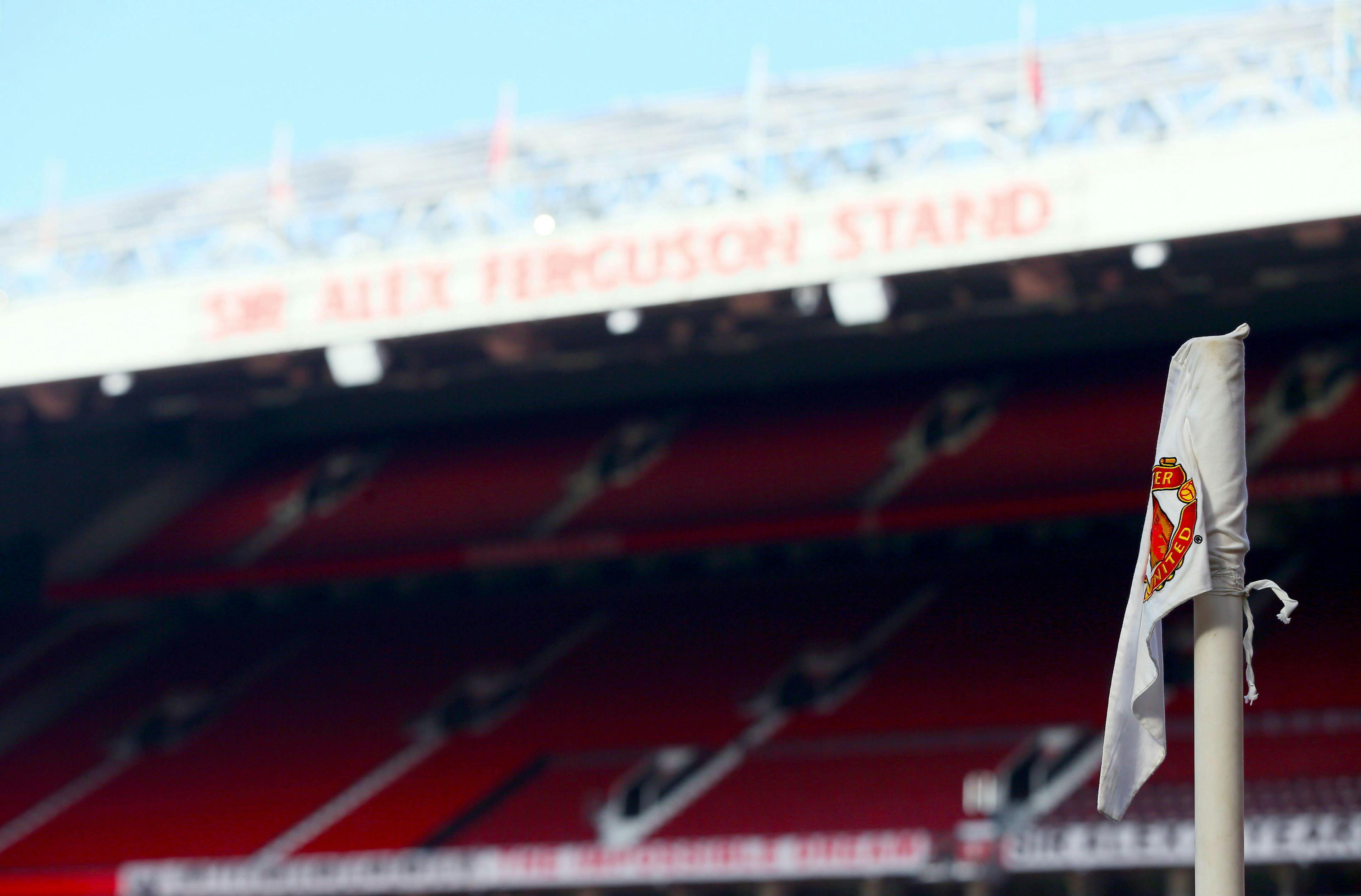
Manchester United vs West Ham: 51/1 Mega Bet Builder Tip 04/12/2025
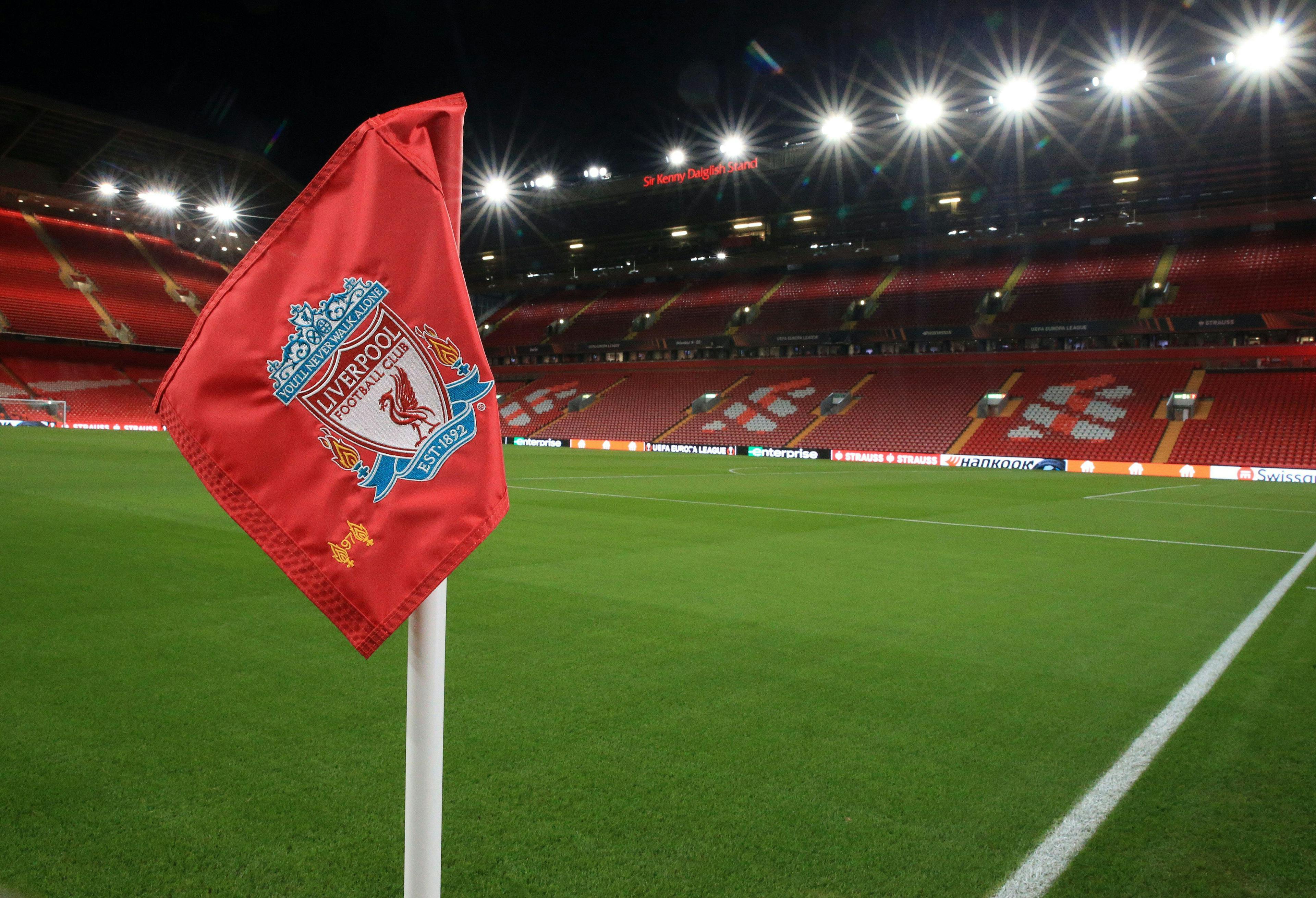
Liverpool vs Sunderland: 59/1 Mega Bet Builder Tip 03/12/2025
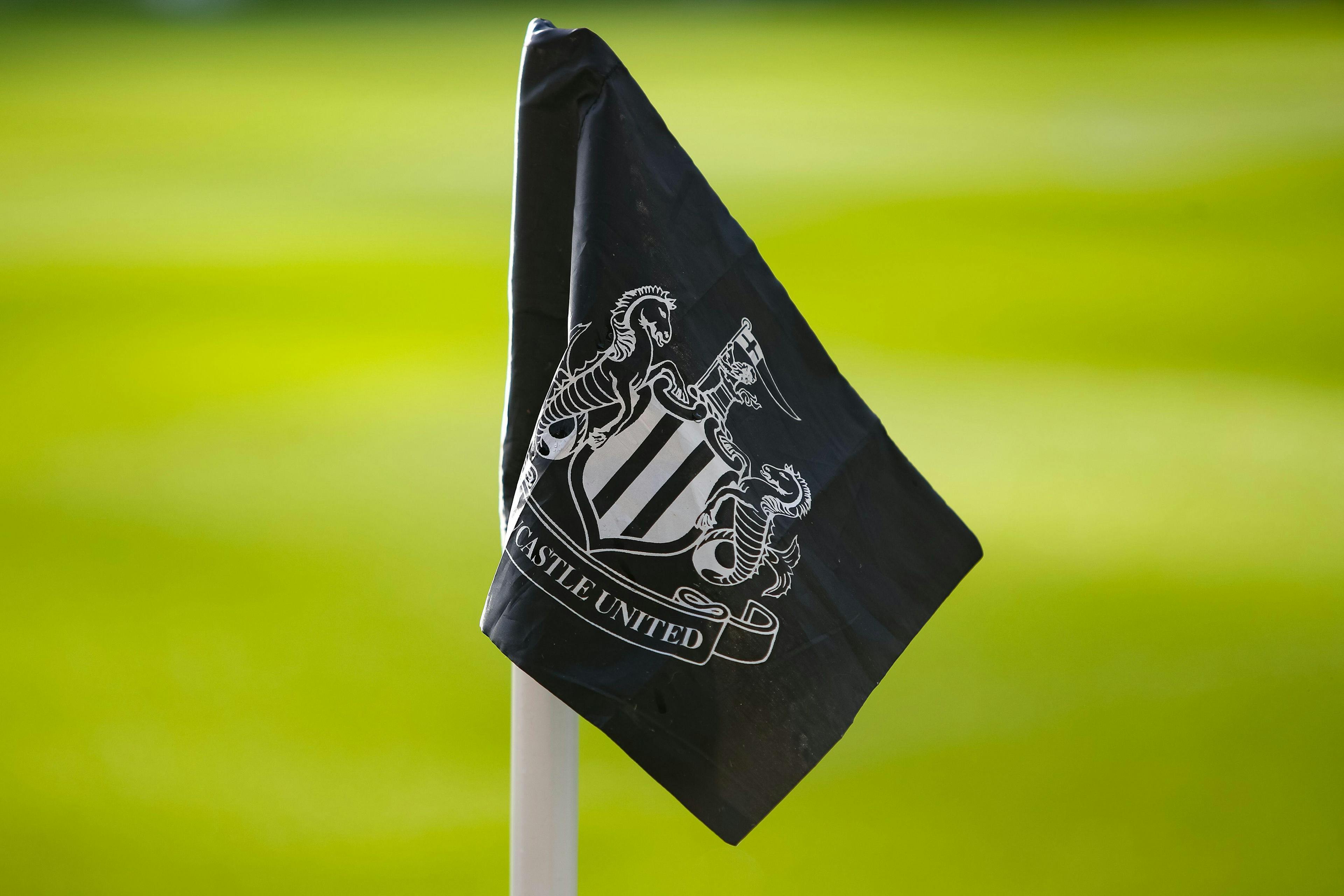
Newcastle vs Tottenham: 49/1 Mega Bet Builder Tip 02/12/2025
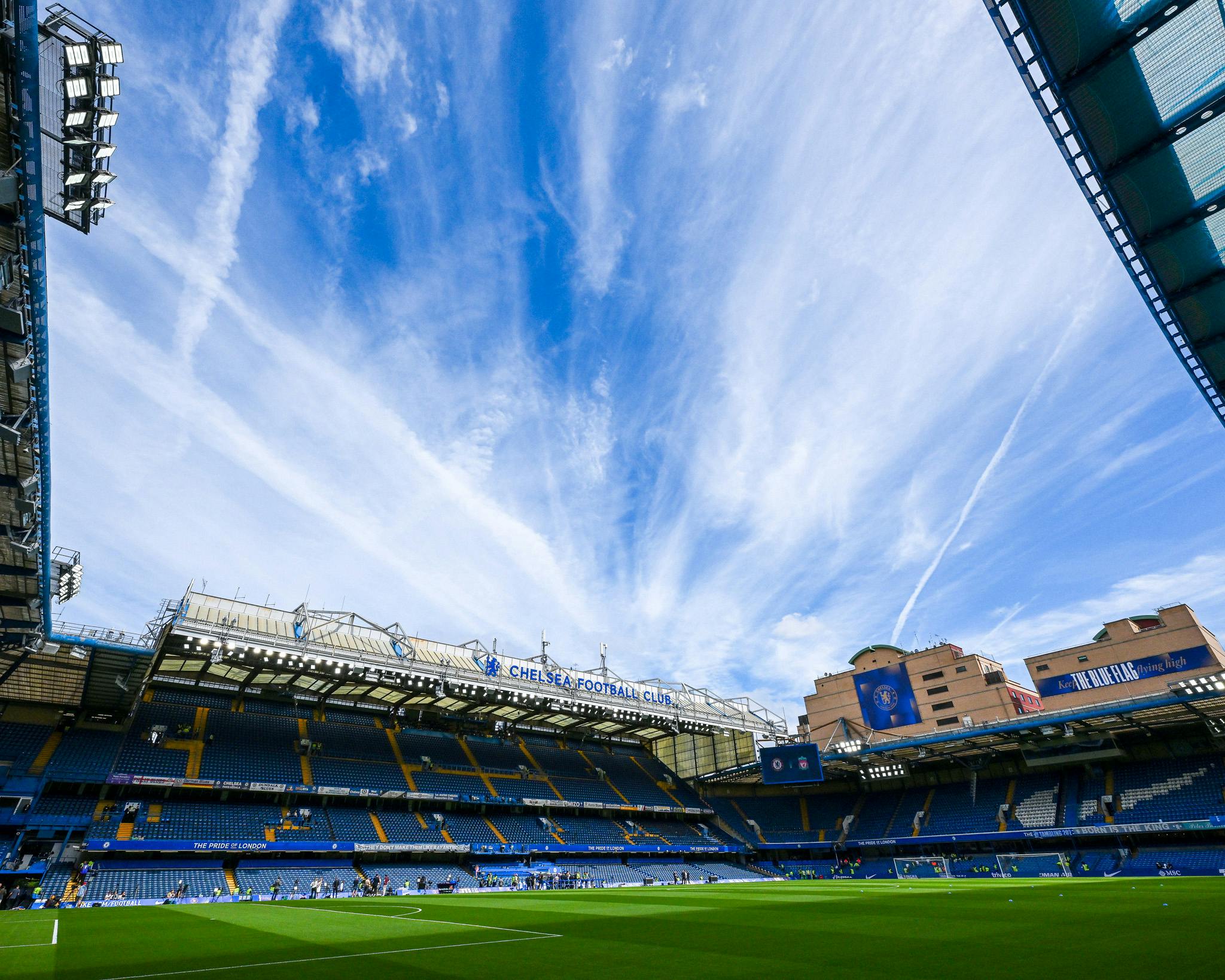
Chelsea vs Arsenal: 122/1 Mega Bet Builder Tip 30/11/2025
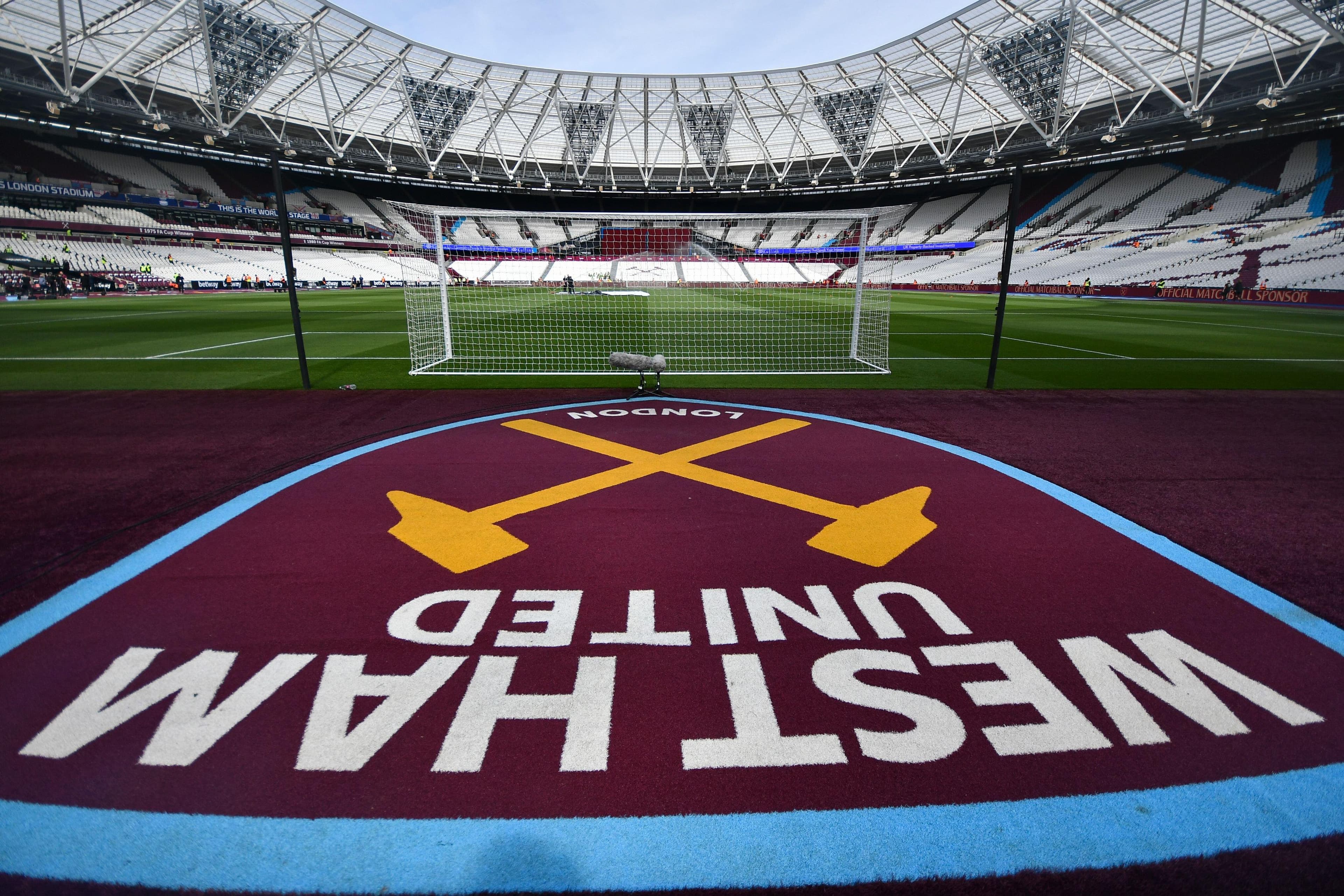
West Ham vs Liverpool: 62/1 Mega Bet Builder Tip 30/11/2025
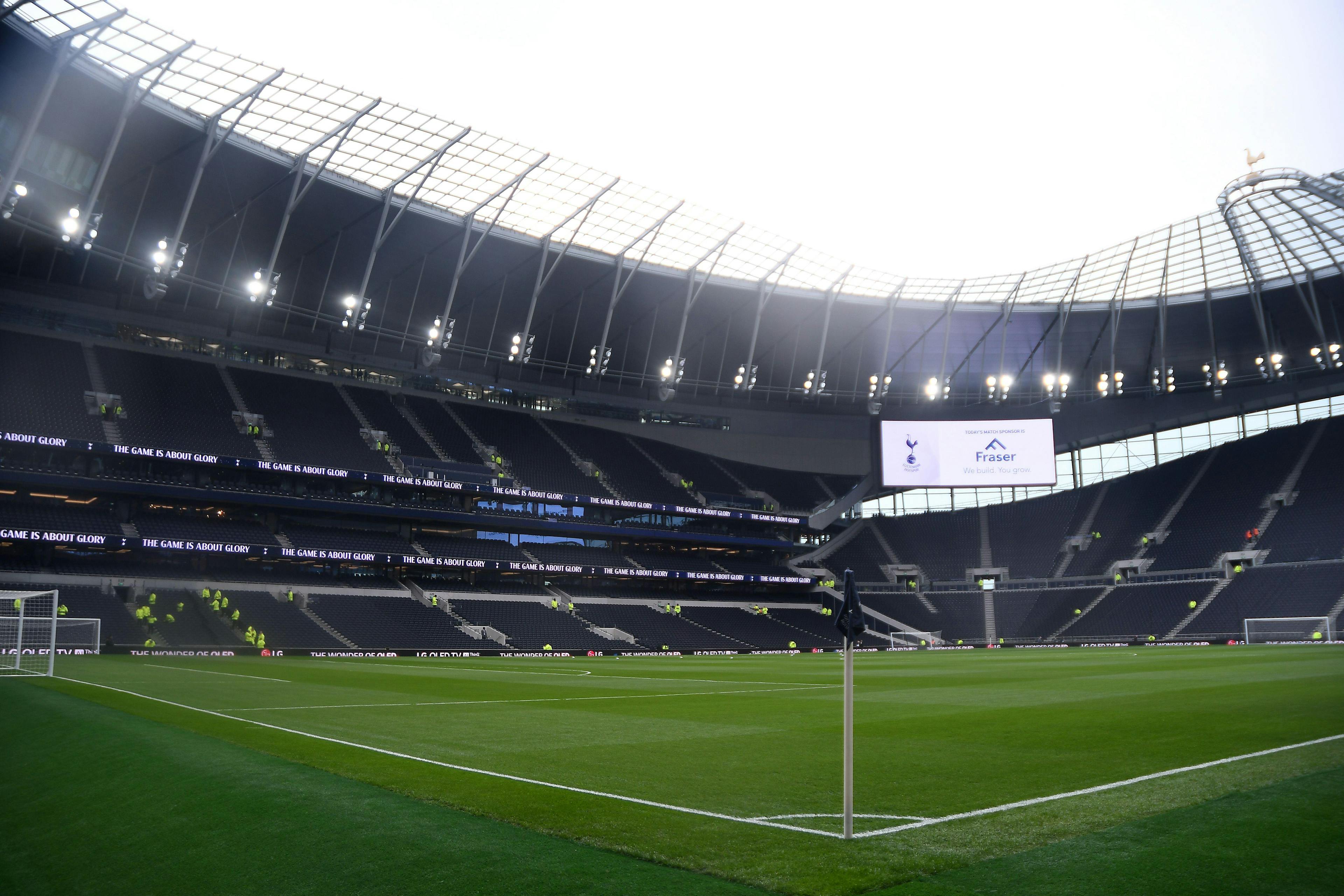
Tottenham vs Fulham: 54/1 Mega Bet Builder Tip
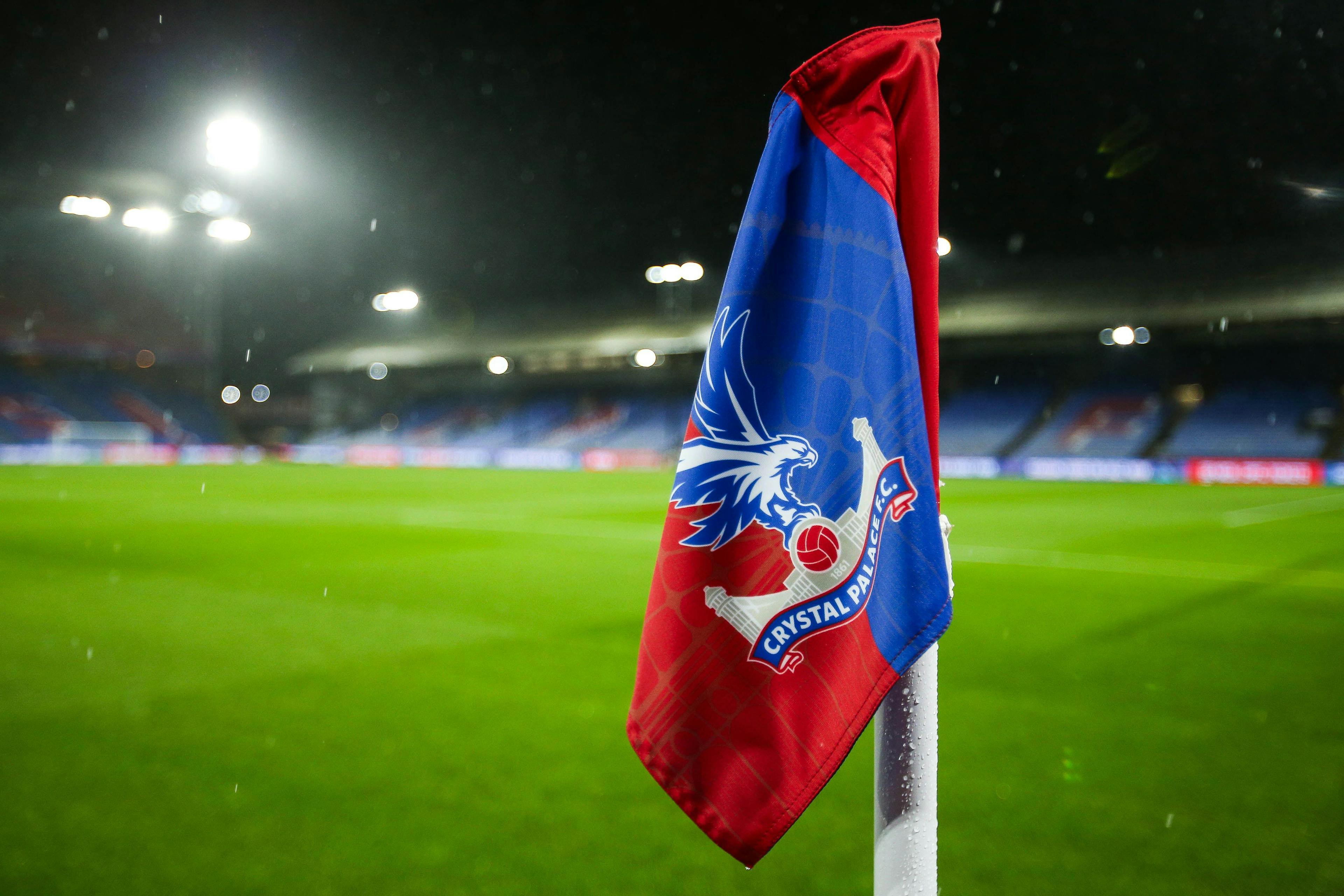
Crystal Palace vs Manchester United: 58/1 Mega Bet Builder Tip 30/11/2025
